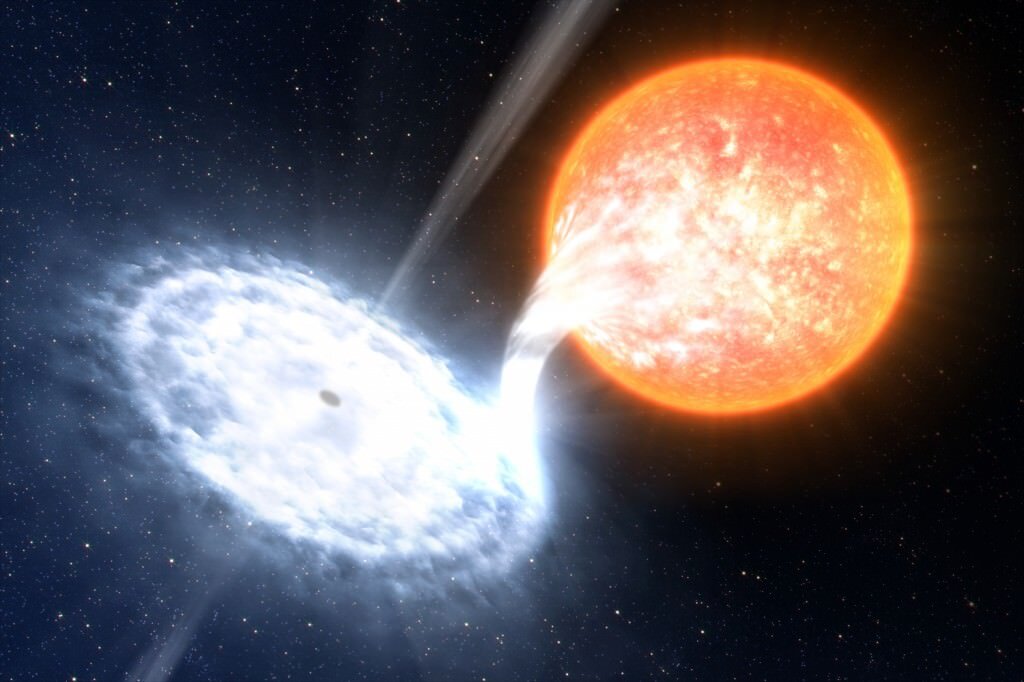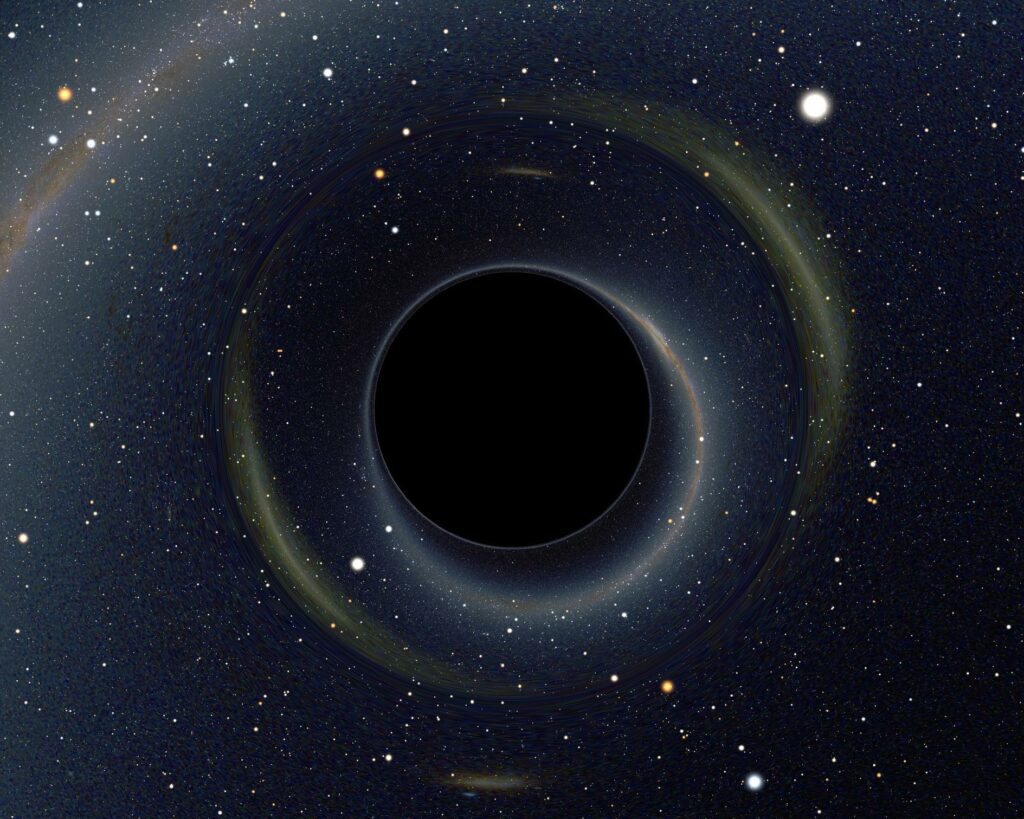An international team of researchers has announced the discovery of a previously unknown black hole. It is part of a binary system, the second component of which is a sun-like star.
Black holes in binary systems
Modern models predict that there should be up to 100 million stellar-mass black holes in the Milky Way, formed as a result of the collapse of supermassive stars. However, in reality, astronomers have so far managed to find only about 20 such objects. They are given out by X-ray radiation, which occurs as a result of the absorption of matter from nearby companion stars.

But they are just the tip of the iceberg. Not all black holes have close neighbors whose matter they can absorb, or even are part of binary systems.
Hidden Black Hole
An international team of astronomers decided to test this assumption. It analyzed data from the Gaia telescope on 168065 stars which orbits indicate that they belong to binary systems. During the study, they drew attention to the star DR3 4373465352415301632. It is a yellow dwarf resembling our Sun.

Gaia data, as well as observations made using ground-based telescopes, showed that the star orbits an invisible body that does not produce any radiation. Its mass is ten times the mass of our Sun. Astronomers know only one type of object that falls under these characteristics: a black hole.
According to the researchers, they are now waiting for the next release of Gaia data. It will finally confirm the nature of the companion DR3 4373465352415301632, as well as find other hidden black holes.
Earlier we talked about the fact that vortex-like structures made of Bose-Einstein condensate can exist in black holes.
According to https://phys.org
Follow us on Twitter to get the most interesting space news in time
https://twitter.com/ust_magazine

